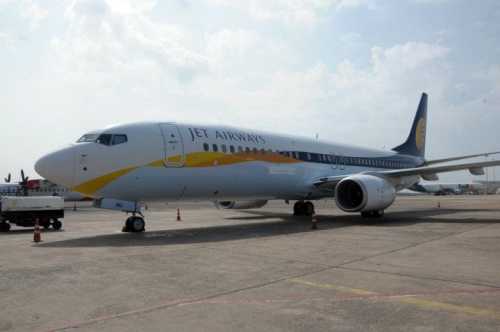IATA urges action on Indian aviation bottlenecks
04 September, 2018
3 min read


The Indian government needs to address infrastructure constraints and costly red tape if it is to cope with a forecast trebling of demand by 2037, the International Air transport Association has warned.
IATA estimates about 500 million people will fly to, from or within India by 2037 and says the aviation industry already supports 7.5 million jobs in the populous nation and contributes 30 billion rupees to the GDP.
Passengers numbers in India have soared from 79 million in 2010 to 158 million in 2017 as it moves towards being the third biggest domestic market behind the US and China.
Read: India and Australia ease airline restrictions.
The 98 million domestic passenger trips taken in 2017 were equivalent to 7.3 percent of the population and inflation-adjusted domestic fares, 70 percent of which are on low-cost carriers, fell by 70 percent since 2005.
But IATA warned India’s airlines are struggling financially, putting the stable connectivity growth at risk, as they face the “double whammy” of steeply rising fuel costs and the declining value of the Rupee.
It said protectionist and other negative policy impacts globally could slow India’s baseline growth rate from 6.1 percent to 4.9 percent, while liberalization could boost the growth rate to 9.1 percent, adding another 380 million passengers by 2037.
“While it is easy to find Indian passengers who want to fly, it’s very difficult for airlines to make money in this market,’’ IATA director general Alexandre de Juniac told an international aviation summit in Dehli.
“ India’s social and economic development needs airlines to be able to profitably accommodate growing demand.
“We must address infrastructure constraints that limit growth and government policies that deviate from global standards and drive up the cost of connectivity.”
De Juniac said India needed to complete the job of upgrading aviation infrastructure if it was not to be a bottleneck for growth.
This included developing a comprehensive and strategic masterplan for the nation’s airports, opening Navi Mumbai International Airport as quickly as possible and modernizing airport technology to meet global standards.
There also needed to be a more flexible use of military airspace and expanded civil airspace capacity.
IATA also called for a zero-rate GST for international travel in line with International Civil Aviation Organisation principles and international obligations and the creation of a more competitive jet fuel market.
“Creating a better environment for aviation to do business can and will progress the nuts and bolts of India’s development day to da,’’ de Juniac said. “Safe, secure and sustainable air links make our world a better place.”
The warning came as India’s government said it was working on a relief package for airlines, including loss-making flag carrier Air India.
Next Article
2 min read
Qantas triples profit but misses mark

Get the latest news and updates straight to your inbox
No spam, no hassle, no fuss, just airline news direct to you.
By joining our newsletter, you agree to our Privacy Policy
Find us on social media
Comments
No comments yet, be the first to write one.
